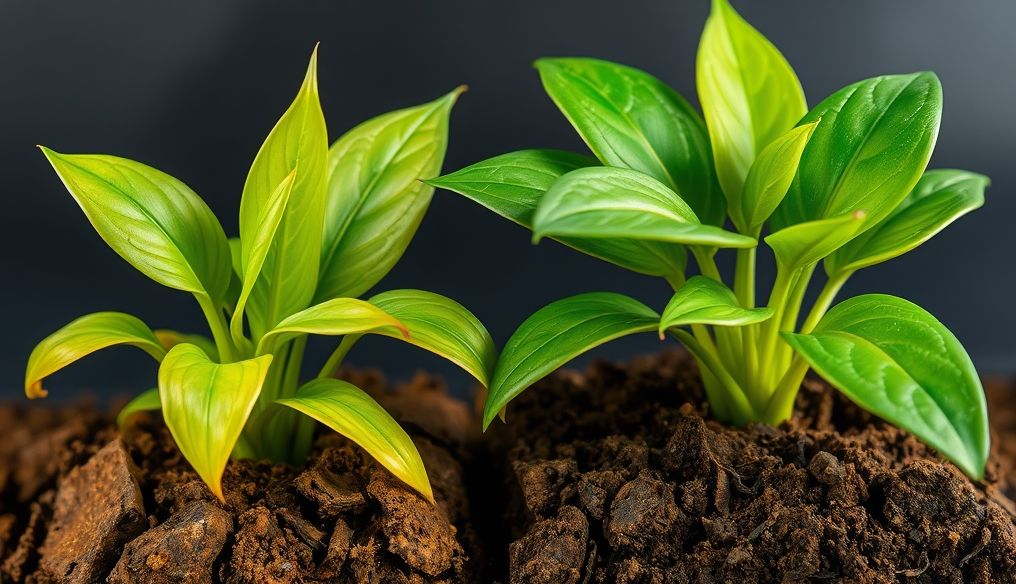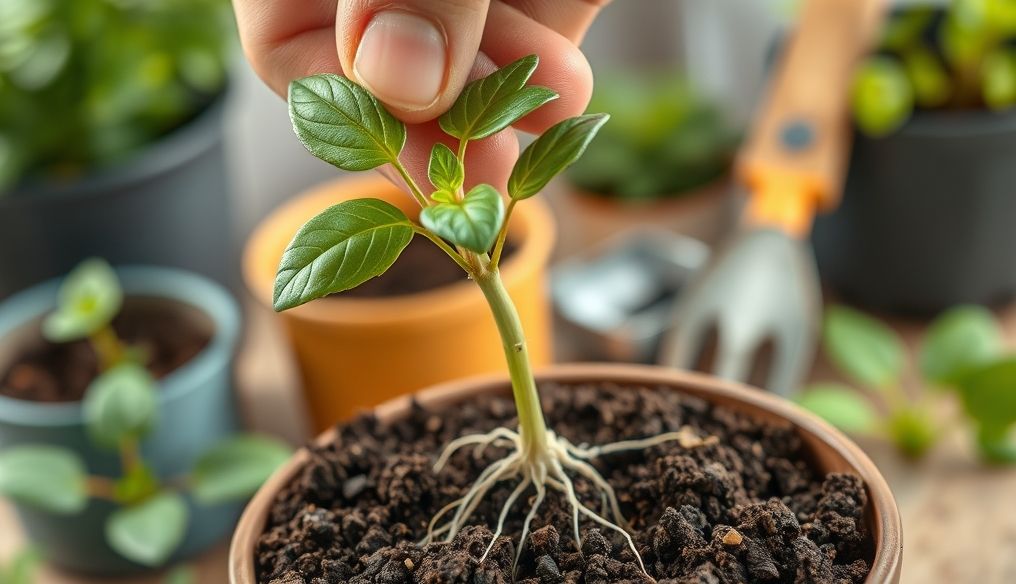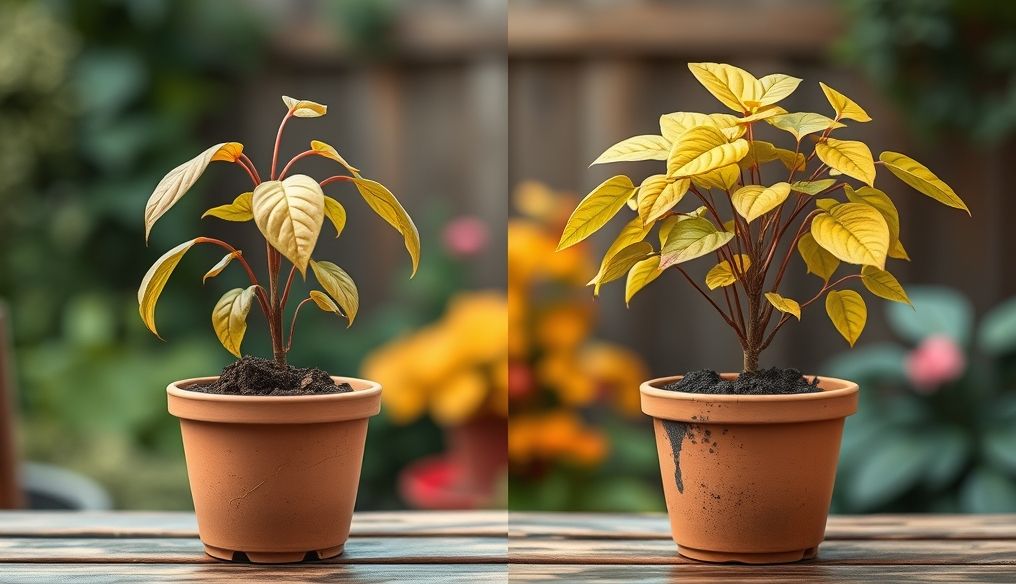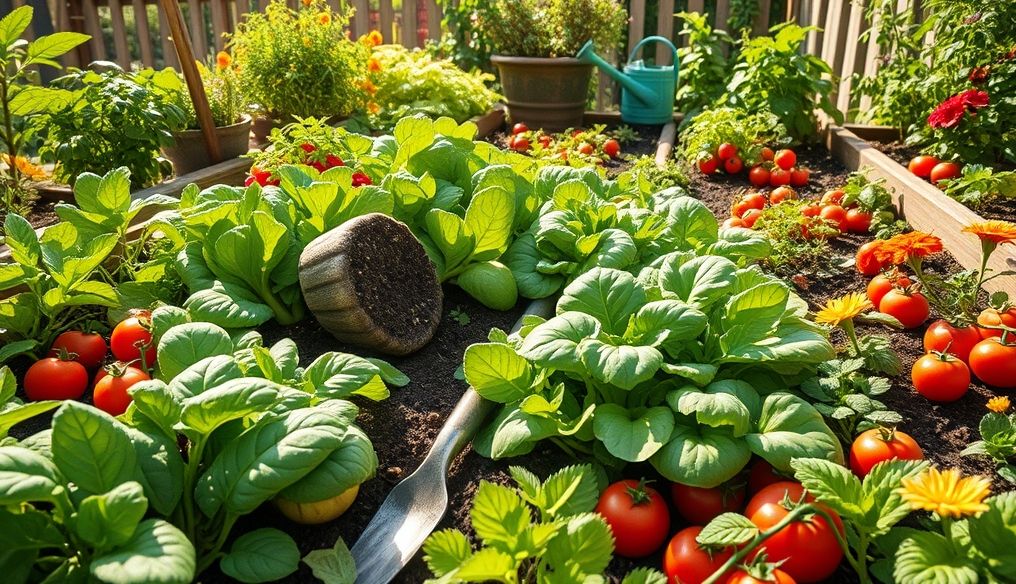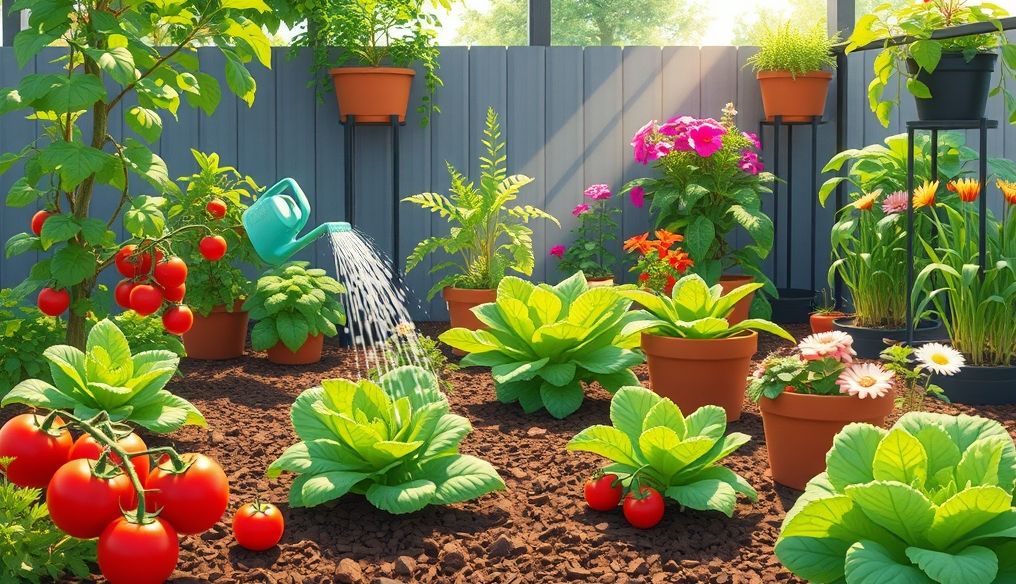What are the Signs of Overwatering or Underwatering Plants and How to Treat Them?
Watering is one of the most important aspects of plant care, whether for indoor plants or garden plants. Overwatering or underwatering can lead to serious health problems and even plant death. Therefore, it is essential to be able to recognize the signs of these problems and take appropriate corrective actions.
Chapter 1: The Importance of Proper Watering for Plants
Water is essential for all vital processes in plants, including:
- Photosynthesis: Water is a fundamental component of photosynthesis, where plants use sunlight to convert water and carbon dioxide into sugars for nourishment.
- Nutrient Transport: Water helps transport nutrients from the soil to different parts of the plant.
- Cell Structure Maintenance: Water maintains the turgor pressure within plant cells, helping the plant maintain its shape and rigidity.
- Temperature Regulation: Water helps regulate the plant's temperature through transpiration.
Therefore, providing an adequate amount of water is crucial for healthy and vigorous plant growth.
Chapter 2: Signs of Overwatering
Overwatering is one of the most common problems faced by plant growers, especially beginners. Overwatering occurs when plants receive more water than they can absorb and use. This can lead to numerous problems, including:
A. Yellowing Leaves
Yellow leaves are one of the first signs of overwatering. This happens because the roots cannot get enough oxygen when the soil is saturated with water. The lack of oxygen disrupts photosynthesis, causing the leaves to turn yellow.
B. Leaf Drop
If overwatering continues, the leaves may start to fall off. This happens because the roots begin to rot due to the lack of oxygen. When the roots rot, they cannot effectively absorb water and nutrients, leading to leaf death.
C. Root Rot
Root rot is a serious problem that occurs when the roots are submerged in water for too long. The roots begin to rot due to the growth of fungi and anaerobic bacteria in the waterlogged soil. Root rot can lead to plant death if not treated in time.
D. Mold on the Soil Surface
If you notice a layer of mold on the soil surface, it indicates that the soil is too moist. Mold thrives in damp environments, so its presence suggests that the plant is receiving too much water.
E. Foul Odor from the Soil
If the soil emits a foul odor, it indicates that there is root rot. The foul odor is caused by the decomposition of organic matter in the rotting roots.
Chapter 3: Signs of Underwatering
Underwatering occurs when plants do not receive enough water. This can lead to numerous problems, including:
A. Wilting Leaves
Wilting leaves are one of the first signs of underwatering. This happens because the plant is trying to conserve water by reducing its surface area. When the leaves wilt, they lose their rigidity and begin to droop.
B. Dry Edges on Leaves
If wilting is not addressed, the edges of the leaves may start to dry out and turn brown. This happens because the plant is drawing water from the leaves to maintain its vital functions.
C. Stunted Growth
Underwatering can lead to stunted growth. This happens because the plant cannot get enough water for photosynthesis and nutrient transport.
D. Bud and Flower Drop
If the plant is flowering, the buds and flowers may drop off before they bloom. This happens because the plant is trying to conserve water by shedding less essential parts.
E. Dry and Hardened Soil
If the soil is dry and hardened, it indicates that the plant is not receiving enough water. Dry soil can become difficult to penetrate, making it harder for the roots to absorb water.
Chapter 4: How to Determine if a Plant Needs Water
There are several ways to determine if a plant needs water:
A. Soil Check
The best way to determine if a plant needs water is to check the soil. Insert your finger into the soil about 2-3 cm deep. If the soil is dry, it means the plant needs water. If the soil is moist, there is no need to water.
B. Pot Weight
If the plant is in a pot, you can check its weight. Lift the pot and compare its weight to its weight when it was moist. If the pot is light, it means the plant needs water.
C. Moisture Meter
You can use a moisture meter to measure the soil moisture. Insert the meter into the soil and read the reading. If the reading is low, it means the plant needs water.
Chapter 5: How to Treat Overwatering
If you think you are overwatering your plants, here are some steps you can take:
A. Stop Watering
The first step is to stop watering until the soil dries out. Allow the soil to dry out completely before watering again.
B. Improve Drainage
Make sure the pot has adequate drainage holes. If the pot does not have drainage holes, create some using a drill.
C. Change the Soil
If the soil is too dense and does not allow for good drainage, change it to a more porous soil. You can add perlite or sand to the soil to improve drainage.
D. Treat Root Rot
If the plant has root rot, remove the plant from the pot and wash the roots with water. Remove any rotting roots with sharp scissors. Then replant the plant in new soil.
Chapter 6: How to Treat Underwatering
If you think you are not watering your plants enough, here are some steps you can take:
A. Increase Watering Amount
Increase the amount of water you give to the plants. Make sure the water reaches all parts of the soil.
B. Water Regularly
Water the plants regularly, especially during hot and dry weather. Check the soil moisture regularly and water when needed.
C. Use Mulch
Put a layer of mulch around the plants to help retain soil moisture. Mulch can also help prevent weed growth.
D. Move Plants to a Shaded Area
If the plants are exposed to too much sunlight, you may need to move them to a shaded area. Excessive sunlight can cause plants to lose water too quickly.
Chapter 7: Additional Tips for Proper Watering
Here are some additional tips for proper watering:
- Use Lukewarm Water: Water that is too cold or too hot can shock the plants.
- Water in the Early Morning or Evening: This helps reduce evaporation.
- Avoid Watering Over the Leaves: This can lead to the spread of fungal diseases.
- Use a Drip Irrigation System: This system delivers water directly to the roots, reducing evaporation and improving irrigation efficiency.
Chapter 8: Soil Types and Their Impact on Watering
The type of soil plays a crucial role in determining the amount and frequency of watering required for plants. Different soil types retain water differently, affecting how quickly they dry out.
A. Sandy Soil
Sandy soil is characterized by its large particles, which allow for rapid water drainage. This means that sandy soil dries out quickly and requires frequent watering. However, care should be taken not to overwater, as excess water can quickly seep away without benefiting the roots.
B. Clay Soil
Clay soil contains very small particles, which cause it to retain water for a longer period. This means that clay soil does not need frequent watering, but care should be taken to avoid overwatering, as clay soil can easily become waterlogged, leading to root rot.
C. Loamy Soil
Loamy soil is a mixture of sandy, clay, and silt soil. It provides a good balance between drainage and water retention, making it ideal for most plants. However, it is still important to monitor soil moisture and adjust watering as needed.
Chapter 9: Different Watering Needs for Different Plants
Not all plants have the same watering needs. Some plants prefer consistently moist soil, while others prefer the soil to dry out between waterings. It is important to research the specific watering needs of your plants to provide them with proper care.
A. Moisture-Loving Plants
Moisture-loving plants include tropical plants such as ferns and begonias. These plants prefer consistently moist soil and require frequent watering.
B. Drought-Tolerant Plants
Drought-tolerant plants include succulents and cacti. These plants are able to store water in their leaves, stems, and roots, allowing them to survive for extended periods without watering.
C. Average Plants
Most plants fall into this category. These plants need regular watering, but they do not like waterlogged soil. The soil should be allowed to dry out slightly between waterings.
Chapter 10: Modern Irrigation Tools and Techniques
There are many modern tools and techniques available that can help you water your plants more efficiently and effectively.
A. Drip Irrigation Systems
Drip irrigation systems deliver water directly to the roots of plants, reducing evaporation and improving irrigation efficiency. These systems are ideal for large gardens and orchards.
B. Soil Moisture Sensors
Soil moisture sensors measure soil moisture and send alerts when plants need watering. These devices can help you avoid overwatering or underwatering.
C. Smart Irrigation Systems
Smart irrigation systems use weather data and soil moisture data to adjust watering automatically. These systems can help you save water and reduce water bills.
In conclusion, understanding the signs of overwatering or underwatering plants is key to maintaining the health and flourishing of your plants. By monitoring your plants regularly and taking appropriate corrective actions, you can ensure that they receive the right amount of water they need to grow and thrive.
